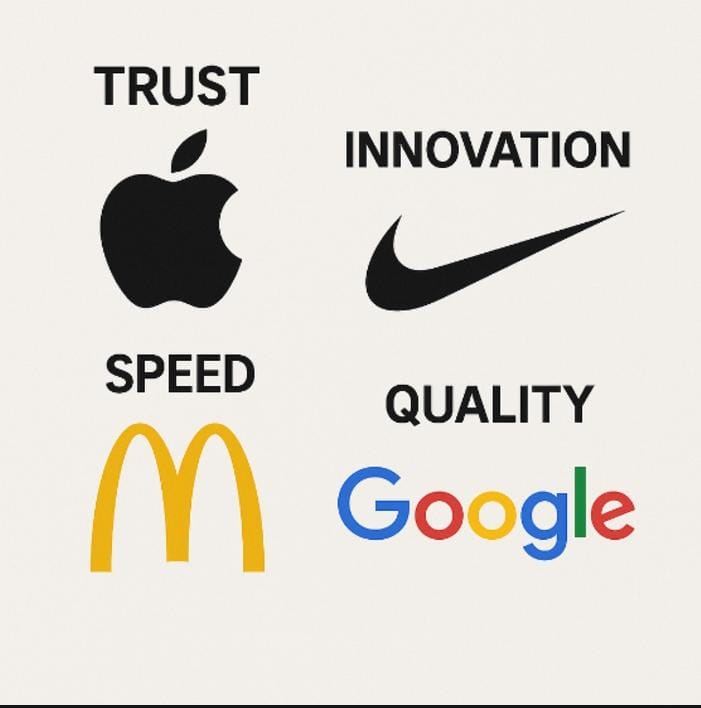The Role of Graphic Design in Building a Strong Brand Identity

In today's competitive market, building a strong brand identity is crucial for businesses to stand out and succeed. A well-designed brand identity helps to establish trust, credibility, and recognition with your target audience. One of the most critical elements in building a strong brand identity is graphic design.
What is Graphic Design?
Graphic design is the art and practice of communicating ideas and messages through visual and textual content. It involves the use of typography, color, images, and other visual elements to create visual communications and designs that convey a message, express a concept, or represent a brand.
The Importance of Graphic Design in Branding
Graphic design plays a vital role in building a strong brand identity. Here are some reasons why:
1. Visual Identity:
Graphic design helps to create a visual identity for your brand, which includes your logo, color palette, typography, and imagery. This visual identity helps to differentiate your brand from your competitors and establishes recognition with your target audience.
2. Brand Recognition:
Consistent graphic design elements help to build brand recognition. When your audience sees your logo, color palette, or typography, they immediately recognize your brand.
3. Emotional Connection:
Graphic design can evoke emotions and create an emotional connection with your audience. Colors, typography, and imagery can be used to create a mood or atmosphere that resonates with your target audience.
4. Communication:
Graphic design helps to communicate your brand's message, values, and personality. It can be used to convey complex information in a simple and easy-to-understand format.
Key Graphic Design Elements in Branding
Here are some key graphic design elements that are essential in building a strong brand identity:
1. Logo Design: A logo is a visual representation of your brand's identity. It should be unique, memorable, and scalable.
2. Color Palette: A color palette is a selection of colors that represent your brand. Colors can evoke emotions and create an emotional connection with your audience.
3. Typography: Typography refers to the style and appearance of text. It can be used to convey your brand's personality and tone.
4. Imagery: Imagery refers to the use of images, graphics, and illustrations in your brand's visual identity. It can be used to create an emotional connection with your audience and convey your brand's message.
5. Iconography: Iconography refers to the use of icons and graphics to represent your brand. Icons can be used to convey complex information in a simple and easy-to-understand format.
6. Texture and Patterns: Texture and patterns can be used to add depth and visual interest to your brand's visual identity.
Best Practices for Graphic Design in Branding
Here are some best practices for graphic design in branding:
1. Consistency: Consistency is key in building a strong brand identity. Ensure that your graphic design elements are consistent across all platforms and marketing materials.
2. Simplicity: Simple and clean design is more effective than cluttered and complicated design. Ensure that your graphic design elements are easy to understand and recognize.
3. Scalability: Ensure that your graphic design elements are scalable and can be used across different platforms and marketing materials.
4. Originality: Ensure that your graphic design elements are original and unique. Avoid using generic or clichéd design elements that can make your brand look unprofessional.
Common Mistakes to Avoid in Graphic Design for Branding
Here are some common mistakes to avoid in graphic design for branding:
1. Inconsistency: Inconsistent graphic design elements can confuse your audience and dilute your brand's identity.
2. Poor Typography: Poor typography can make your brand look unprofessional and can be difficult to read.
3. Overuse of Design Elements: Overusing design elements can make your brand's visual identity look cluttered and confusing.
4. Lack of Originality: Using generic or clichéd design elements can make your brand look unoriginal and unprofessional.
Conclusion
Graphic design plays a vital role in building a strong brand identity. It helps to create a visual identity, establish brand recognition, evoke emotions, and communicate your brand's message. By incorporating key graphic design elements, such as logo design, color palette, typography, and imagery, and following best practices, such as consistency, simplicity, scalability, and originality, you can create a strong brand identity that resonates with your target audience.
Latest Blogs

The power of logos: more than just a pretty picture

Why email marketing automation is a game- changer for businesses in 2025

Web design evolved: the impact of artificial intelligence

Why Responsive Web Design is Crucial for Your Business

PRODUCT REVIEWS: A POWERFUL TOOL FOR INFORMED DECISION- MAKING